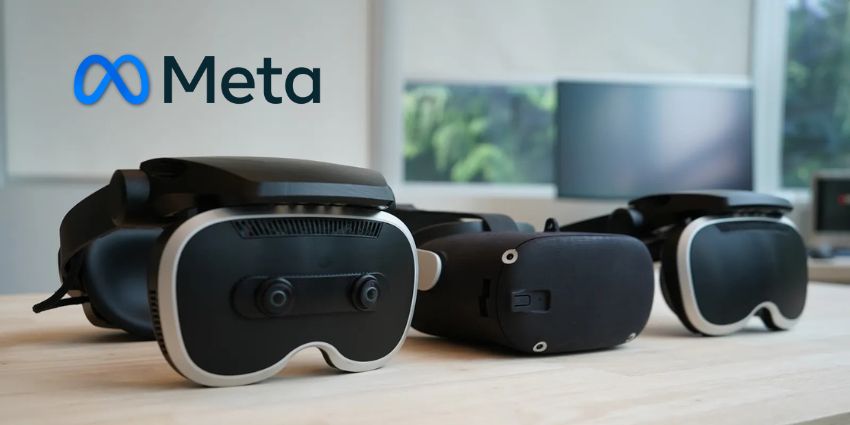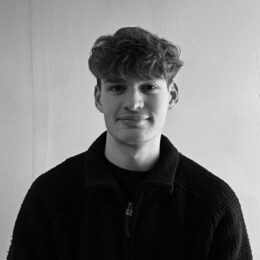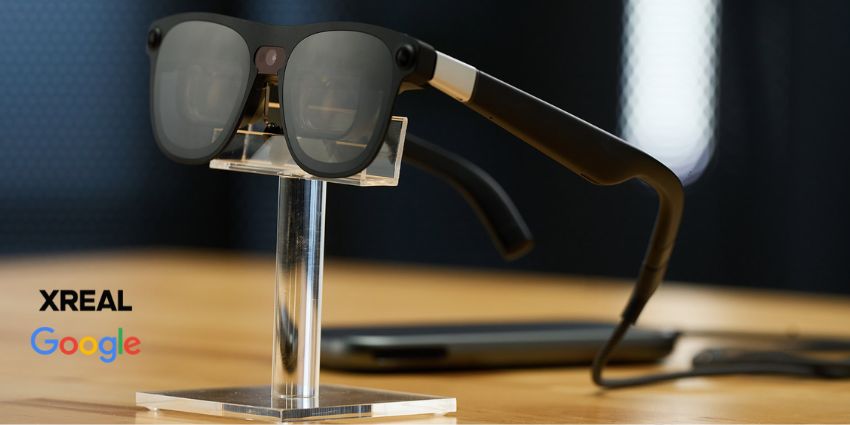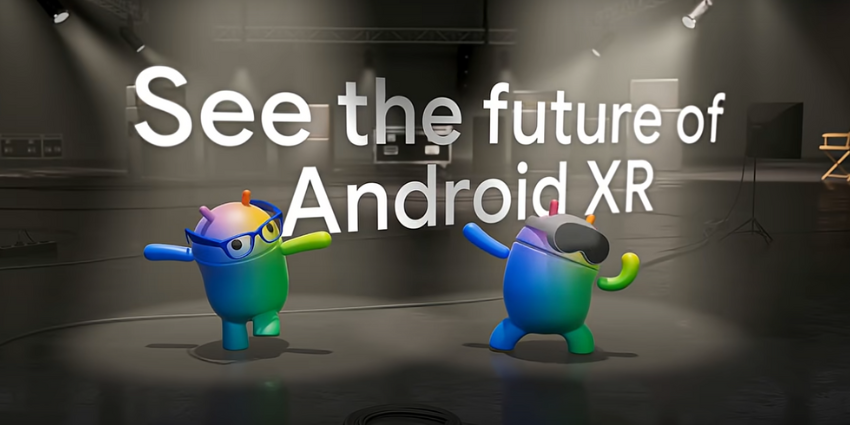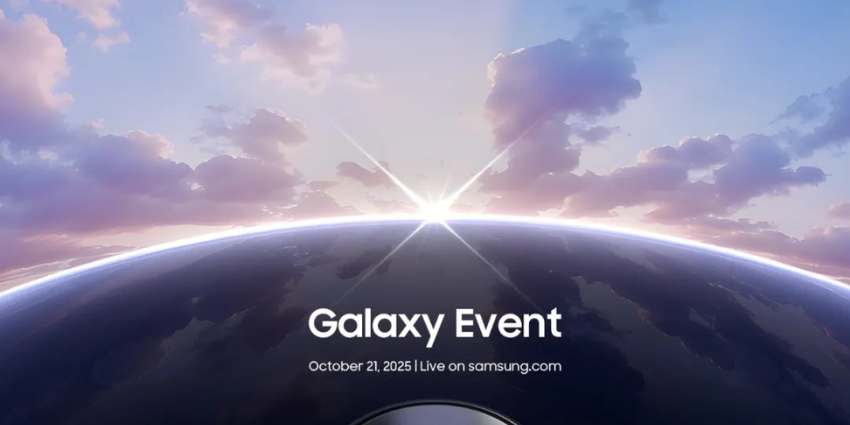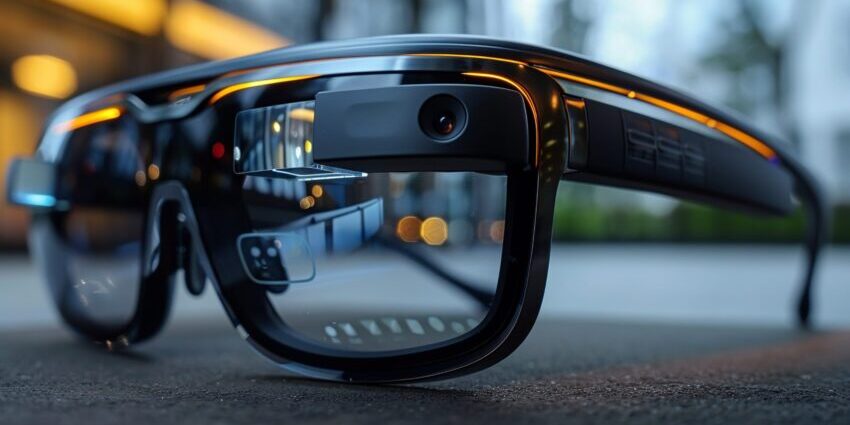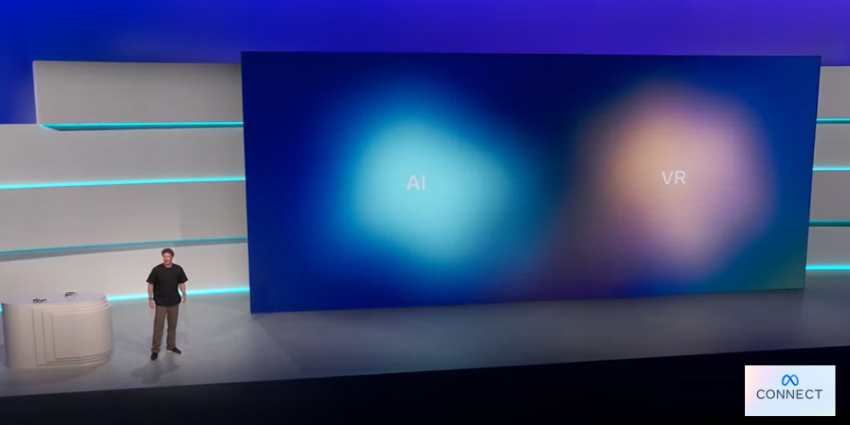Meta’s Reality Labs Research will debut two advanced VR prototypes – Tiramisu and Boba 3 – at SIGGRAPH 2025 in Vancouver, offering a glimpse into the next decade of immersive hardware.
Developed by the Display Systems Research (DSR) and Optics, Photonics, and Light Systems (OPALS) teams, these headsets mark significant steps toward the “visual Turing test,” where virtual experiences become indistinguishable from reality.
For more than 10 years, Reality Labs’ researchers have worked to overcome the optical and display limitations that keep VR from achieving true visual parity with the physical world. At SIGGRAPH 2025, they’ll present two very different approaches to immersion.
Tiramisu is a proof of what happens when image quality is prioritized above all else. The prototype delivers 90 pixels per degree (above the 60 PPD retinal threshold), 3× the contrast of Quest 3, and 1,400 nits of brightness – 14× that of current consumer headsets.
With dual µOLED displays, custom glass lenses, and HDR-like depth, it offers unmatched clarity for text, textures, and lighting effects. The trade-offs: a narrow 33° × 33° FOV and a heavier form factor.
Boba 3, on the other hand, pushes immersion through sheer field of view – 180° horizontal and 120° vertical – covering about 90% of the human visual range.
It achieves 4K × 4K per eye resolution with a form factor comparable to current consumer VR headsets, thanks to pancake lenses and mass-production display panels.
While it demands a high-end GPU and PC to run, its potential in VR training, remote collaboration, and large-scale simulation is significant.
“Our mission for this project was to provide the best image quality possible,” explains OPALS Optical Research Scientist Xuan Wang. “We deprioritized the form factor and used glass instead of plastic lenses that you find in most consumer headsets. This provides much better image quality—albeit at a heavier weight—and minimizes any aberrations and pupil swim across the FOV.”
What It Means for the XR Industry
Tiramisu shows what’s possible for enterprise-grade applications where visual fidelity is non-negotiable – such as surgical training, architectural visualization, and engineering review. Boba 3’s ultrawide view could transform use cases requiring peripheral awareness, from defense to sports broadcasting.
Both prototypes underscore the importance of GPU advancements, optical design innovation, and supply chain readiness in bringing research breakthroughs closer to commercial viability. For XR professionals, they serve as benchmarks for what’s achievable when constraints are lifted.
SIGGRAPH 2025 attendees can test both headsets in the Emerging Technologies section, West Building Exhibit Hall 3, from August 11–14. While neither prototype has a confirmed consumer release path, the technologies they showcase could begin influencing commercial XR products within a few product cycles.
If Meta can produce one headset that matches the realism of the human eye and another that mirrors the full span of human vision, the next logical step is combining both in a single device—a move that could redefine VR for both enterprise and consumer markets.
